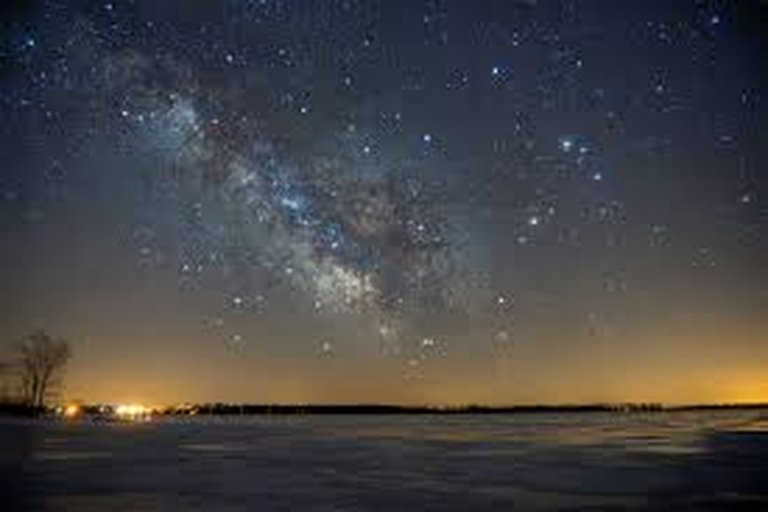Science & Discovery
Canadian Astronomers Capture Rare Cosmic Phenomenon
The unique observation, made possible by Ontario’s state-of-the-art observatory, offers new insights into galaxy formation.
2025-06-23 22:40 | By Mia Taylor

A team of Canadian astronomers based in Ontario has successfully captured a rare cosmic event that could offer new insights into galaxy formation and the early universe. The phenomenon, observed using the Dominion Astrophysical Observatory’s cutting-edge deep-space telescope, was detected during a routine sky survey last month.
The event involved a sudden burst of light emitted from a galaxy nearly 10 billion light-years away. Researchers believe it marks the collision of two massive black holes, creating gravitational ripples and a flash of radiation rarely witnessed from such a distance.
Lead astronomer Dr. Liam O’Donnell described the discovery as a 'once-in-a-decade opportunity' to observe extreme cosmic activity. 'This is not only visually stunning but also a key piece of the puzzle in understanding how galaxies evolve and interact,' he said.
The telescope’s high-resolution imagery and spectroscopic data captured light distortions and unusual energy patterns that have since been confirmed by independent observatories in Chile and Japan. This international collaboration adds credibility and depth to the Canadian team’s findings.
The event’s detection was made possible by a recent software upgrade that enhances the observatory’s ability to identify anomalies in vast datasets. Artificial intelligence tools sifted through millions of readings to flag the unusual signature for further examination.
The discovery has sparked excitement in the global astrophysics community. A special issue of the *Journal of Cosmological Studies* will feature detailed analyses of the data, authored by Canadian scientists alongside collaborators from NASA and the European Southern Observatory.
University of Toronto astrophysics graduate students were closely involved in the project, gaining hands-on experience with data interpretation and theoretical modeling. 'It’s thrilling to contribute to something of this scale as a student,' said doctoral candidate Mia Tran.
Experts explain that such high-energy events help scientists study gravitational waves, dark matter, and the expansion of the universe. The signals captured from this collision will be fed into simulation models to refine our understanding of cosmic evolution.
Funding for the observatory’s upgrade came from both federal research grants and private philanthropic support. The government has emphasized the importance of maintaining Canada’s leadership in space science and deep-sky observation technologies.
In addition to the scientific impact, the discovery has captured public imagination. The observatory has seen a surge in tour bookings, and educational institutions across Ontario are incorporating the event into astronomy curricula to inspire future scientists.
Dr. O’Donnell believes this event is just the beginning. 'We’re entering a new era of observational astronomy where technology enables discoveries we never thought possible. Canada is at the forefront, and we’re excited about what’s next.'
As researchers continue to analyze the vast data collected, hopes are high that this cosmic event will open doors to a deeper understanding of the universe and our place within it.